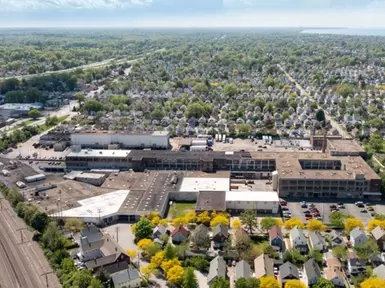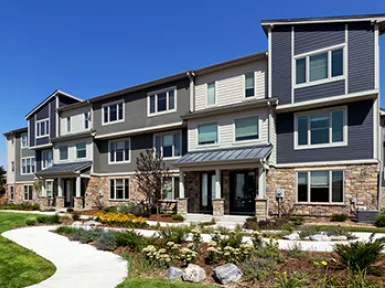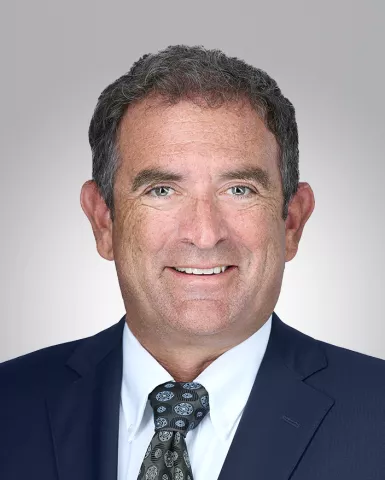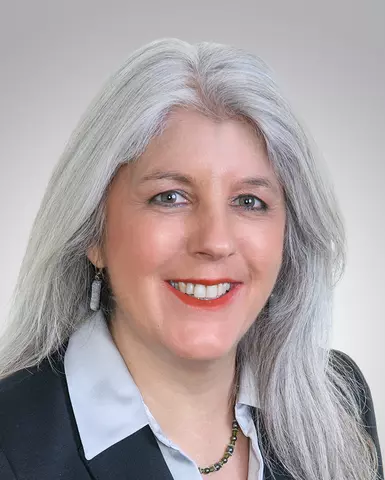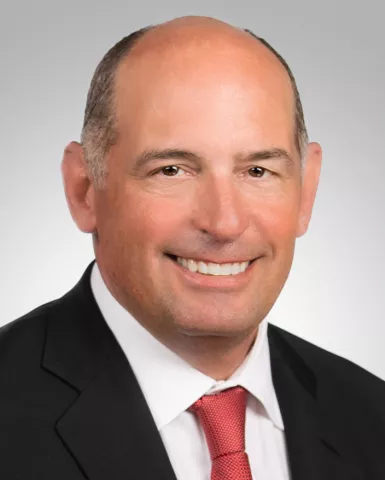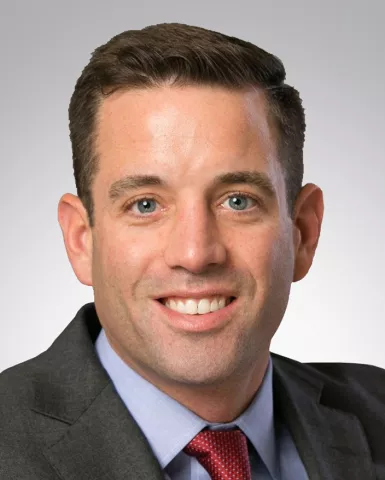Are you in need of commercial real estate experts in Denver, Colorado? Look no further than Northmarq. Our investment sales and debt and equity professionals are here to ensure a seamless and hassle-free experience for your next transaction. With our extensive network of lending partners, we can arrange commercial real estate loans for properties of all types, including retail, multifamily, healthcare, industrial, manufactured housing, and more. Our in-house experts specialize in transactions like 1031 exchanges and sale-leasebacks, as well as standard acquisitions and dispositions. Whether you're an individual investor, developer, or institutional owner, we cater to your needs. Additionally, we’re proud to offer various financing options as a direct Fannie Mae, Freddie Mac, and FHA/HUD lender. Get in touch with us today to learn more about our investment sales services and explore financing options.
About Our Office
The latest
Transactions
Denver CO

